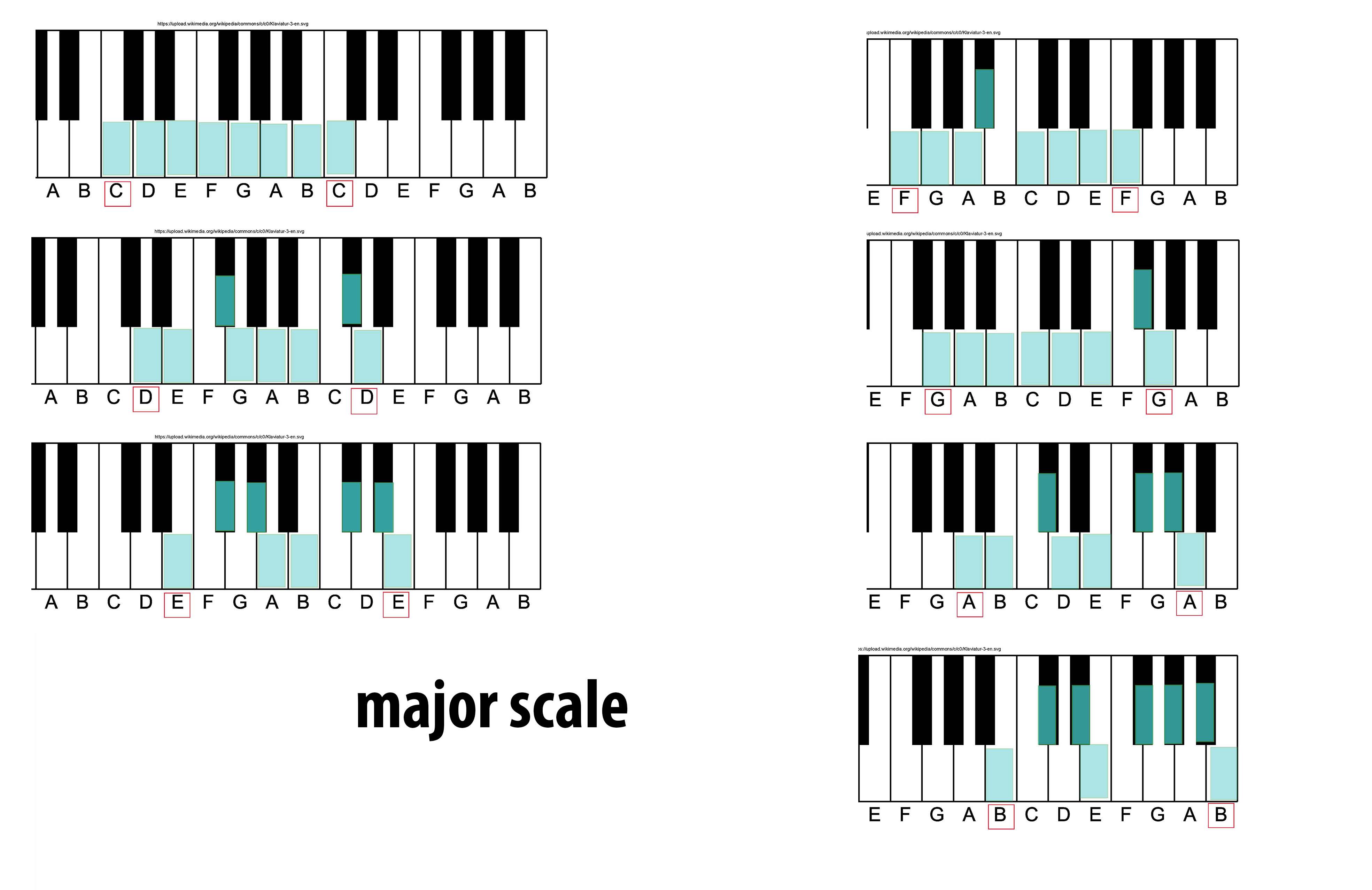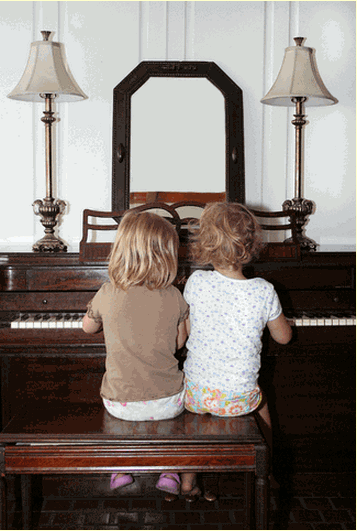Augmented Scales. The Augmented Scale (a.k.a. Symmetrical Augmented Scale) consists of six notes and therefore belongs to the category of hexatonic scales. The name of the scale is based on the fact that it is built upon two augmented chords. In the C Augmented Scale this would be C - E - G# (Caug) and Eb - G - B (Ebaug). The Ultimate Note Memorization Tool For The Beginning Bass Guitar Player! Note Knowledge Fret Decals are proudly patented and MADE IN AMERICA and are far Superior to the other guys.Note Knowledge begins by only using the best materials such as 3M Vinyl and HP Latex Inks but we don't stop there, to ensure the life of our product we go one step further and add Over Laminate.
- New Notes - Scales Of Assessment
- Names Of Notes On Scale
- New Notes - Scales Of Data
- New Notes - Scales Definition
List of All Major Scales with Notes, Diatonic Triads, & Relative Minors. Here's a list of all major scales in order of fifths. Each scale includes the notes, diatonic triads within in the key, and the relative minor. Use this list alongside the circle of fifths to help yourself understand and memorize scales and their relationships with one. Play with notes and scales. Now that you've learned a bit about notes and scales, spend some time creating your own patterns. You can try out how your patterns sound with different collections of notes by changing the Tonic and Scale settings. (These terms are explained in the Advanced topics lessons but you can already play with them here!). In music theory, each note in this scale has what is called a scale degree name, which describes the relationship of that note to the tonic(1st) note. Scale degree names 1,2,3,4,5,6, and 8 below are always the same for all major and minor scales (ie. 1st note is always tonic, 2nd is supertonic etc.), but obviously the note names will be.
This guide applies to six-hole woodwind instruments such as the Irish tin whistle (penny whistle), low whistle, or Irish flute. It explains the basics of the whistle as an instrument and guides you through all of its scales and keys. Letter notes and fingering charts will also help understand how to read tin whistle tabs, which can be very useful for those unfamiliar with sheet music notation.
Tin whistle basics – keys and scales
Unlike some classical music instruments (i.e. clarinet or flute), a single tin whistle can play only one standard (diatonic) musical scale of seven notes. Actually, two scales, by using a special cross fingering for an additional note (you will read more about it soon). It means that you will need several different whistles to cover every song in its original key. Or if you are likely to play with a band, you probably need different whistle keys to match the other musicians and their instruments.
If you are just getting started, you probably want to follow the fingering guide and notes for a whistle in the key of D. It is the most common key and probably the very first whistle you should get as most tunes and songs are played in this key. At least in terms of Irish traditional music.
Holes & fingers placement

Regarding fingers position, you should cover the holes with three middle fingers of both hands. As a rule of thumb, your strong hand goes to the bottom and the other one on top. There is also a tutorial on this website thatexplainshow to hold a tin whistle correctly in more detail. You may want to check it out as well as other useful whistle lessons.
How many octaves a tin whistle can play?
The tin whistle has two octaves (usually named lower and upper). And while the fingering is the same for both of them, you reach the upper octave just by blowing harder. There is an exception for the key (root) note itself, which is available in 3 octaves. So, on a D whistle, you have a note D in its third octave too.
New Notes - Scales Of Assessment
Understanding tin whistle finger charts guide
The simple graphic below should help to avoid any confusion about reading all of the charts on this page and any other tin whistle notes guide that you may come across.
The dark circle represents the holes covered with your fingers. The light circle is for open holes. There are also uncommon cases where you may want to half-cover the hole for semitones. The plus sign means that the note is in the upper octave, the fingering is the same, but you blow harder to achieve it.

Tin whistle fingering chart – key of D
Zsnes emulator. D is the most common key among both high whistles and low whistles.
Names Of Notes On Scale
Playing “C natural” note on a D whistle
You should have in mind that every whistle, regardless of its key, has another note that doesn’t naturally belong in the scale, but can be played too. This special note is usually referred to as the crossing note or the flat 7th. On a D whistle, this is note C, which is a note between B and C# (notes 6 and 7). That way, it means you can play another scale (key) on the same whistle. So, having a note C available on a D whistle, you can play both D and G scales.
Malu trevejo twerk. Below is the fingering chart for the “special” C note. There are a couple of finger position alternatives, as the pitch of that note varies depending on the whistle, and also its lower/upper octave.
Tin whistle fingering chart – key of C
C is a very common whistle key for an Irish whistle, but there are a couple of brands that offer a low C whistle too. By using a special note B flat (Bb) on a C whistle, you can also play the F scale.
A whistle finger chart
Whistle in the key of A is a medium-sized, somewhere between a high and a low whistle, sometimes it’s called Alto A whistle. By using special fingering for the note G on an A whistle, you can play D scale too.
B flat (Bb/A#) whistle finger chart
Bb whistle is also a common tin whistle key, offered by many manufacturers. By using special fingering for the note G#, playing Eb scale is possible.
B whistle chart
Whistles in the key of B are rare and not available among most of the whistle makers. The special fingering can be used for the note A, providing a way to play E scale.
C sharp (C#) whistle chart
Whistle in the key of C# is also very rare and not a standard one. By using special fingering for the note B, you can play F# scale.
E flat (Eb/D#) whistle chart
Whistle in the key of E flat (Eb) is a many players’ choice. And that applies to both high and low whistles. Its specific pitch usually provides a slightly more sharp and crispier tone than a regular D whistle by the same brand. By using special fingering for the note C#, you get Ab scale available fro playing too.
E whistle chart
E whistle is usually a low whistle. However, some brands offer high E whistles as well. By playing a special note D, you have A scale playable too.
F whistle chart
F whistle is more often found as a low whistle, but sometimes it is available as a high whistle too. Special fingering can be used for the note D#/Eb which provides a possibility to play Bb scale.
F sharp (F#) whistle chart
An F sharp whistle is rare to find. However, there are a couple of brands that offer them. Special fingering note is note E which provides a possibility to play B scale too.
G whistle chart
G whistles are more used as low (alto) whistles. By playing a special fingering note F, you get C scale available with it too.
A flat (Ab/G#) whistle chart
A very rare key of Ab (or G#). Not available as a high whistle at all. By playing special fingering for the note F#, the scale C# is available too.
New Notes - Scales Of Data
Tin whistle “all keys” matrix chart
New Notes - Scales Definition
Feel free to download our full tin whistle matrix chart, including all keys and letter notes in one place.
